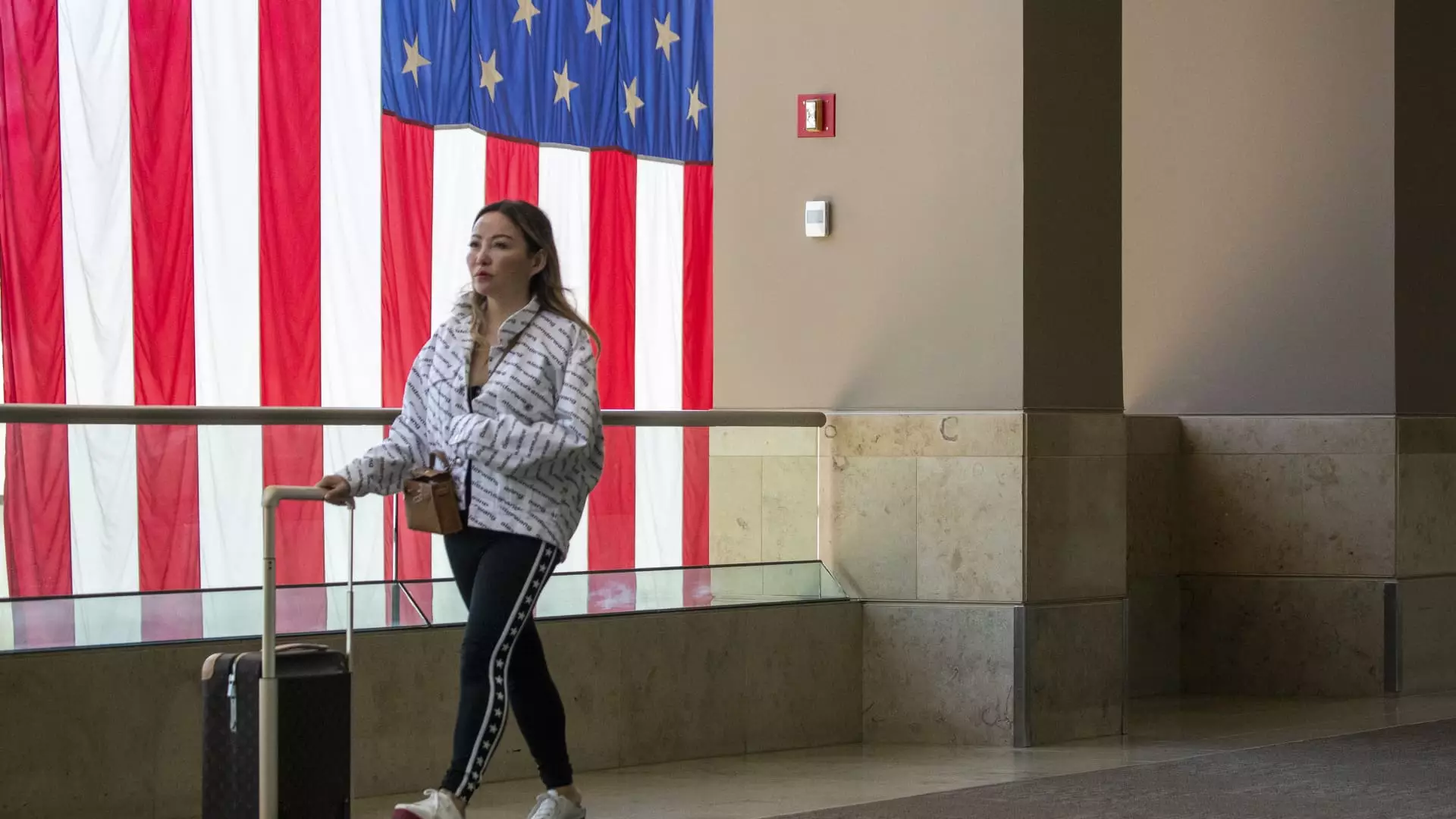The first half of 2025 has unveiled a surprising downturn in Canadian inbound tourism to the United States, with nearly a 19% drop compared to the previous year. This decline is particularly stark given Canada’s traditionally strong tourism ties with its southern neighbor. The sharp decrease, especially in June which saw over a quarter-less-than growth, signals more than just seasonal fluctuation; it hints at underlying economic and geopolitical shifts that influence travel behavior. The contraction has resulted in a significant financial impact, with approximately $1.9 billion less spent on U.S. travel from Canadians alone. This trend challenges long-held assumptions that Canadian tourists would remain steady due to geographic proximity, economic stability, and cultural connections.
Compensatory Growth from Mexican Visitors
Conversely, the landscape is not entirely bleak. Mexico has stepped into the breach, with visitor numbers rising nearly 15% in June and a 12.5% increase across the first half of 2025. Mexicans have shown a resilient appetite for U.S. destinations, contributing nearly half a billion dollars in additional revenue during this period. This growth underscores a broader pivot in international travel patterns, possibly driven by competitive pricing, more direct flight options, or shifting perceptions of safety and appeal. While the increase cannot fully compensate for the decline from Canadian visitors, it reveals an emerging opportunity for U.S. destinations to diversify their international visitor base and reduce dependence on traditionally dominant markets.
Broader Economic and Political Factors at Play
The current travel downturn cannot be viewed in isolation; it exists within a complex web of economic uncertainties and policy fluctuations. Consumers seem to be adopting a more cautious approach to international travel amidst broader economic concerns such as inflation, job market volatility, and fluctuating exchange rates. Meanwhile, policy measures introduced earlier this year, including reductions in promotional spending and added visa fees, are likely discouraging potential visitors. The upcoming global events, like the World Cup, add an additional layer of complexity, as increased visa restrictions could further dampen international arrivals.
Industry Implications and Future Outlook
Major players in the hospitality and entertainment sectors, including Hilton, Wyndham, and casino operators in Las Vegas, are poised to face the repercussions of these shifting travel dynamics. With declines already evident in visitor numbers from Canada and Mexico, earnings reports in the coming weeks may reflect these challenges. The travel industry must adapt swiftly, leveraging innovative marketing strategies and reassessing target markets to mitigate losses. It’s clear that the tourism landscape in 2025 is undergoing a transformation—one that demands resilience, diversification, and strategic agility. Whether this decline signals a temporary pause or a more sustained change remains to be seen, but one thing is certain: the future of international travel in North America will be characterized by adaptability and new competitive edges.


Leave a Reply